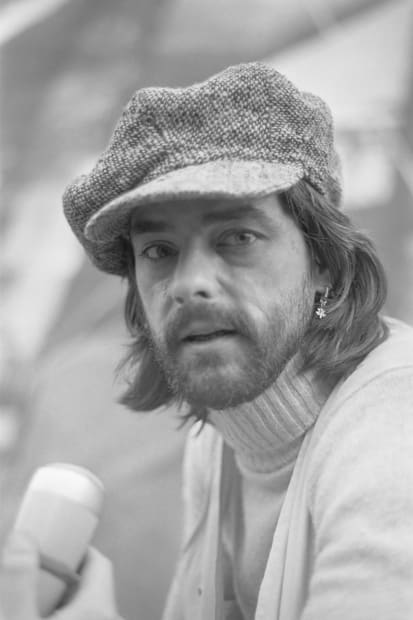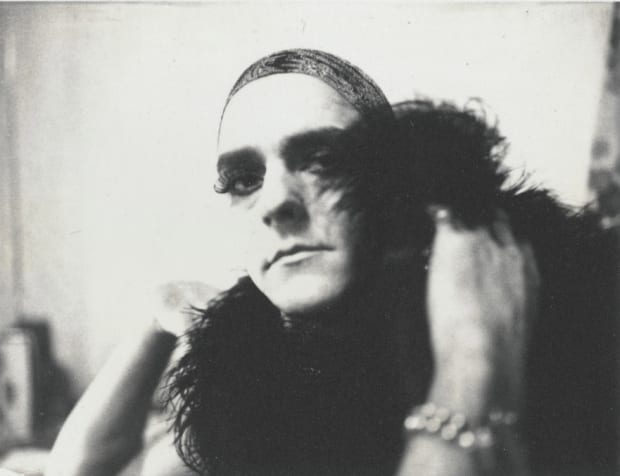-
-

-
ULAY
Irritation - There is a Criminal Touch to Art, 1976
Single channel video, 16 mm film transferred to digital, B&W, sound, 27 min 51 sec.
Courtesy ULAY Foundation, LIMA, Amsterdam and Richard Saltoun Gallery, London.Full video available upon request.
-

-
“ALL I WANTED TO DO WAS GET THIS PAINTING, STEAL IT, RUN OUT OF THE MUSEUM WITH MY HANDS AND FEET, NO TECHNIQUE OR ASSISTANCE FOR DOING THIS.”
- ULAY
-

ULAY
Irritation – Da ist eine Kriminelle Berührung in der Kunst / Irritation – There is a Criminal Touch to Art, 1976
Single channel video, 16 mm film transferred to digital, B&W, sound, 27 min 51 sec
Set of 11 gelatin silver prints
Each: 61.5 x 45 cm
-
Ulay / Marina Abramović
Relation in Movement, 1977
Video, black and white, 35 min, 26 sec
Courtesy Marina Abramović Archives, ULAY Foundation, LIMA, Amsterdam and Richard Saltoun Gallery, LondonFull video available upon request.
-

-
Q&A WITH ULAY ON 'RELATION IN MOVEMENT (November 2019)
-
-

Saltoun Online






